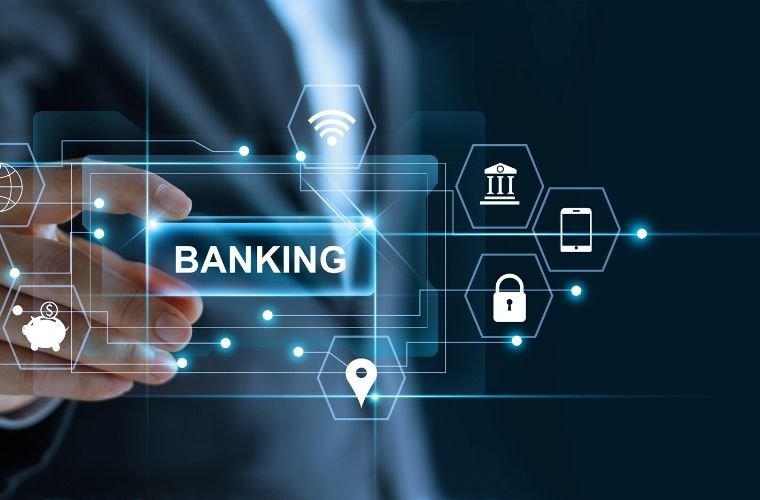Adeniyi Adenubi, Co-Founder and Executive Director of Institutional Business and investor Relations of VFD Group Plc.
In the ever-evolving modern world, digitalization has become an integral part of nearly every industry. Banking, in particular, has witnessed a profound transformation as it embraces digital technologies to enhance efficiency, accessibility, and customer experience. In this article we explore the significant impact of digitalization in banking, highlighting key developments, benefits, and challenges.
The banking industry’s digital journey has evolved from automated teller machines (ATMs) in the 1960s to the development of internet banking in the 1990s with the rise of the internet. Today, digitalization in banking encompasses a wide range of technologies and services, including mobile banking apps, internet banking platforms, blockchain-based transactions, remittance, and artificial intelligence-driven customer support.
Enhanced Customer Experience

One of the most notable advantages of digitalization in banking is the improved customer experience. Customers can now access their accounts, make transactions, and manage their finances anytime, anywhere. The convenience of online and mobile banking has reduced the need for physical branch visits, making banking services more accessible to people with busy schedules.
Additionally, digital banking has paved the way for personalized services. Machine learning algorithms analyze customer data to provide tailored product recommendations and financial advice. This level of personalization enhances customer engagement and loyalty.
Efficiency and Cost Reduction
Digitalization has also helped banks improve their operations. Automation of routine tasks such as data entry and transaction processing has led to significant cost reductions. Furthermore, digital technologies have improved risk management such that banks can now embrace real-time transaction monitoring and predictive analytics. This has helped banks detect fraudulent activities and mitigate risks more effectively.
Financial Inclusion
The role of digital banking towards promoting financial inclusion has been significant. With mobile banking apps and internet access becoming more widespread, individuals in remote areas or those without access to physical banks can now be part of the formal financial system. We have also seen an increase in fintech companies and embedded financial services where digital payments and mobile wallets have empowered people to send and receive money securely, reducing the reliance on cash transactions.
Challenges and Concerns
While digitalization offers numerous benefits, there are challenges and concerns. Cybersecurity threats have grown in sophistication, posing a constant risk to customer data and financial systems. Financial institutions must pay attention to investing in cybersecurity measures to protect their customers and maintain trust.
Moreover, the digital divide remains a concern globally and Africa is not removed. Not everyone has access to the internet or the necessary digital literacy to use online banking services effectively. Banks must find ways to bridge this gap to ensure that no one is left behind in the digital banking revolution.
The Future of Digital Banking
As technology continues to evolve, the future of digital banking looks promising. Artificial intelligence (AI) and machine learning will continue to enhance customer experiences by providing more accurate financial advice and personalized services. Furthermore, AI will help banks and financial institutions to reduce costs in certain areas. Also, the adoption of blockchain technology promises to make transactions even more secure and transparent.
In conclusion, digitalization in banking has ushered in a new era of convenience, efficiency, and accessibility. While challenges such as cybersecurity and the digital divide persist, the benefits far outweigh the drawbacks. As technology continues to evolve, the banking industry will need to adapt to stay relevant and meet the changing needs of customers in this digital age. The digital transformation of banking is not just a trend; it’s a revolution that will shape the future of finance.







